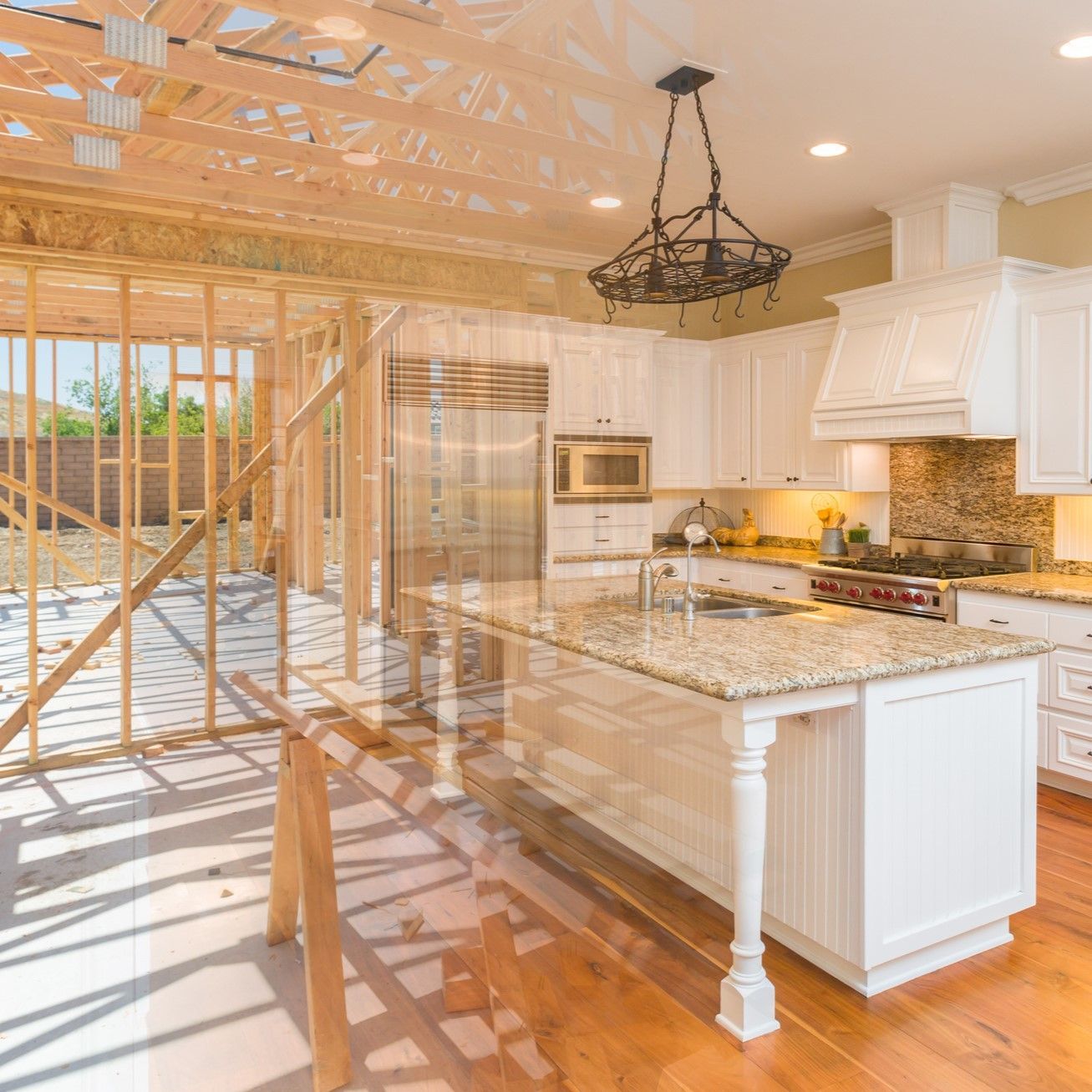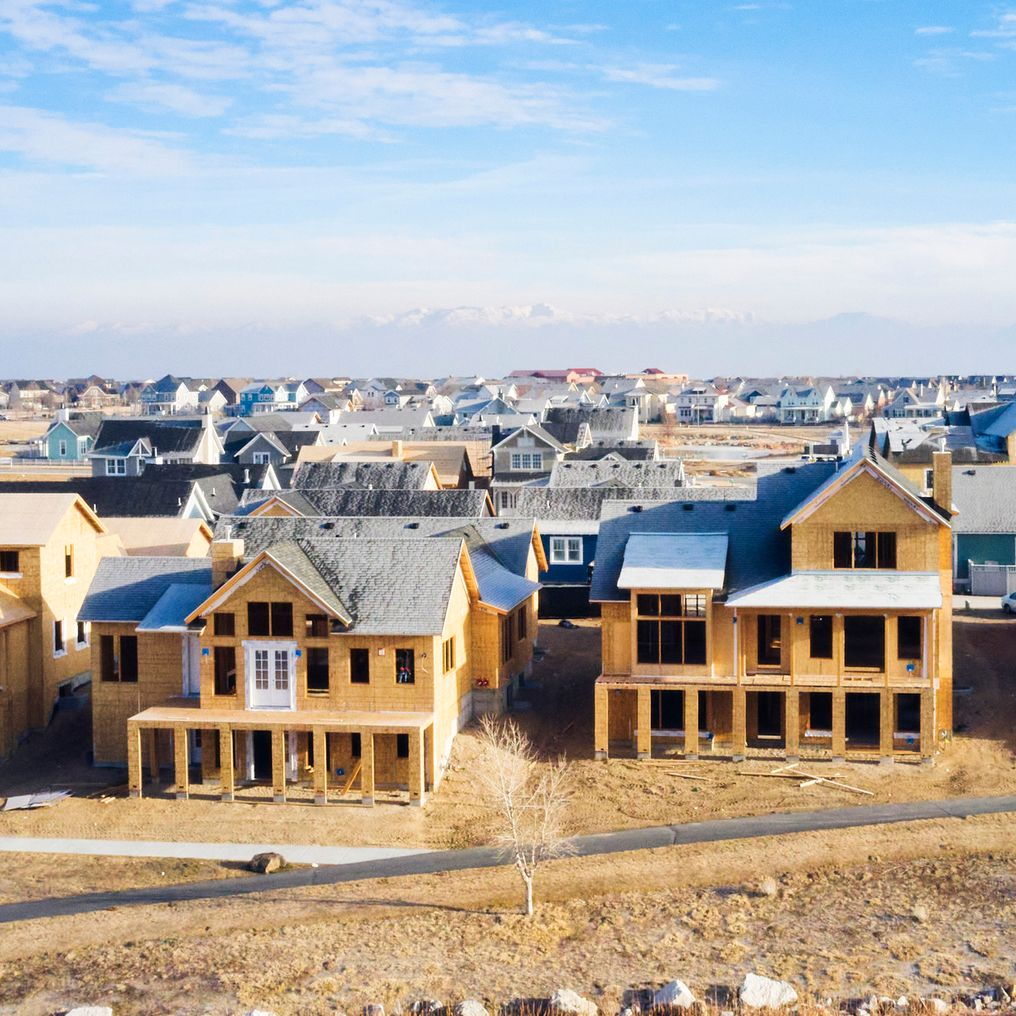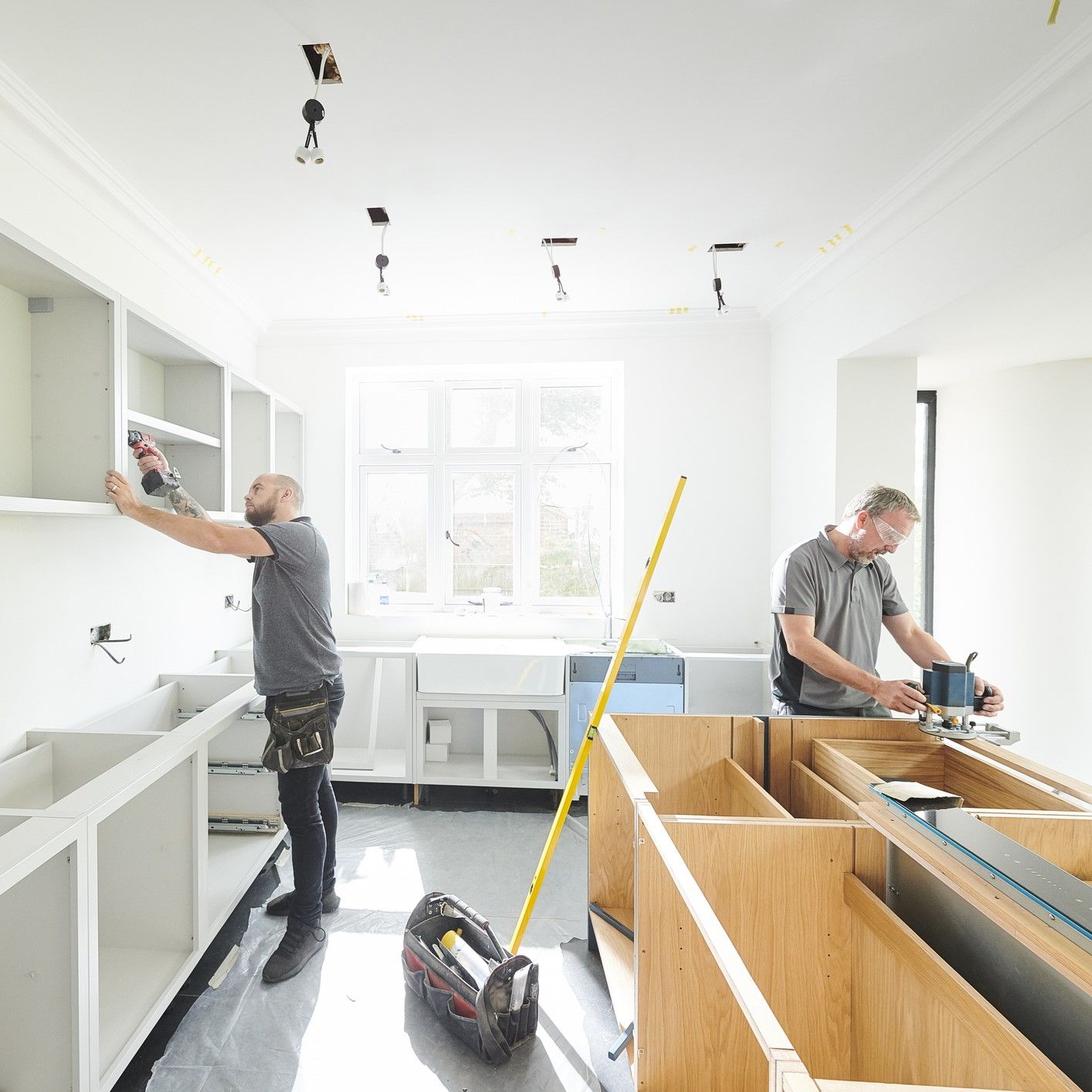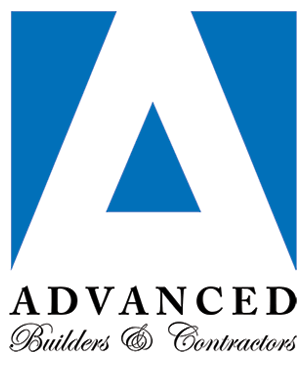Whether your family grows unexpectedly or you decide that it is finally time to annex that man (or woman) cave you have been wanting for years, there are times when a home addition will be necessary.
When done properly, an addition can add functional square footage to your home and significantly increase its resale value; when done poorly, the addition will look tacky and cause your utility bills to go through the roof.
The following are some important points to consider when planning an addition to your home.
Make Sure the Roofing and Siding Match That of the Main House
This may seem like common sense, but a surprising number of home additions do not match the materials for the original house. Whether due to budget constraints, the pressure to get the addition finished in a hurry, or plunging into a lavish addition when the main body of the house could use some love instead, there are more than a handful of home additions that look odd and contrived.
As the best home additions blend in seamlessly with the main house and do not look like additions at all, the best place to start is by synching the roofing and siding materials.
Considering that most rustic house siding and traditional asphalt roofing shingles wear out in under 20 years, there is a strong possibility that you could be due for an upgrade simultaneous to the building of your addition. While this will be more costly upfront, having your entire living quarters match and the upgrade to more innovative roofing and siding will pay you back in a big way if you ever need to list your property in the future.
Use Framing That Is Versatile
Just like the main body of your house, quality framing is a major component in making your addition a success. However, framing the addition while also making it flush and well-sealed with the original house can present some challenges for homes with a traditional wood frame house construction , which sees many cracks and crevices as a result of imperfections in the pre-fabrication process. As this problem is only compounded when connecting an addition to a home’s main body, a significant wind and moisture issue is likely to rear its head at the connection point.
Instead of traditional wood framing, consider more versatile insulated concrete forms. Poured on-site, the variable set times afforded by this innovative building material allows contractors to build a multitude of designs and correct for any initial imperfections as the addition is erected, ensuring airtight framing against the home’s main body.
Ensure Optimal Insulation
It is a common theme to hurry up and get your home’s addition completed—only to never use it.
Just as you turn off the HVAC in your home when you know you will be away for an extended period, you want to make sure that you are not heating and cooling a space that you rarely inhabit, if this is the case with your addition.
Therefore, equipping the addition with superior insulation should be a primary consideration. While insulated concrete framing will help by providing elite thermal mass to regulate interior temperatures, a further step would be to install polyisocyanurate roofing insulation. This innovative product protects against any leaks in the roof and restricts the flow of air into and out of your building, helping to stabilize a desirable temperature in your addition.
Install an Oversize Window
Sticking with the theme of regulating utility costs, having a large window is a great way to allow for the flow of natural light to reduce electricity consumption. It is desirable to keep home additions as self-sufficient as possible, so elite insulation and free-flowing natural light can help limit any major damage to the utility bills.
Matt Lee is the owner of the Innovative Building Materials blog and a content writer for the building materials industry. He is focused on helping fellow homeowners, contractors, and architects discover materials and methods of construction that save money, improve energy efficiency, and increase property value.
Recent Blog Posts








